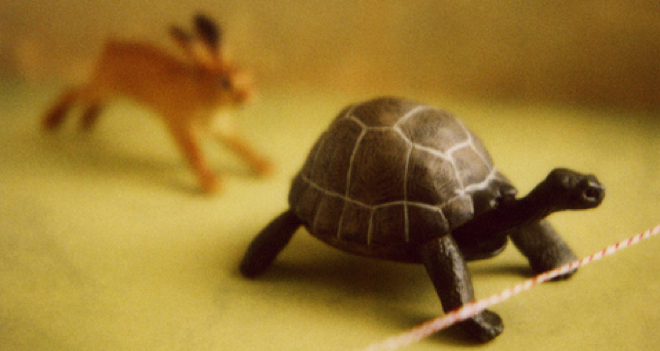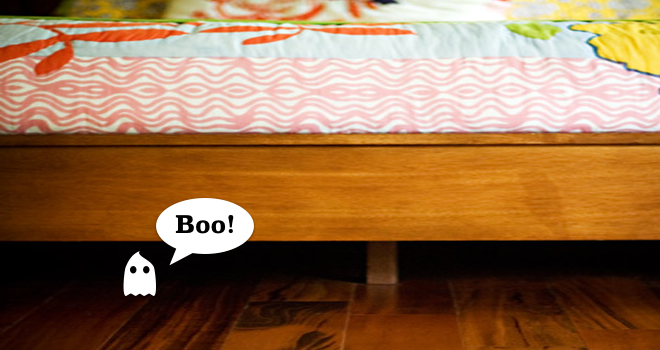Missed part 1 of this duo? Read it here and ditch your distractions with new habits.
How are those new habits helping? Still finding those distractions slipping back in? You need part 2 of our strategy: to clarify your “why?” As in Why I am doing this? Or you might know it as the “what’s in it for me?” question.
You may know the reasons why this change is important to you – I want see a bit more rigour in them to ensure they deliver focus and results for you.
Dan Pink’s Drive book pulls together tonnes of research on motivation to conclude the “carrot and stick” method no longer works, but true motivation comes from mastery, autonomy and purpose.
I want to work on the last one, Purpose in this strategy (although you’ll find the other 2 at the bottom as a bonus 🙂 ) Pink considers purpose to be the context in which we are. I think it’s a combo of the reason you do something and your sense of resolve or determination to achieve it.
I want you to pin down your change’s purpose, so you can use it to vanquish any pop-up distractions and make progress. This might be at the highest level or something more detailed; for example adopt a health conscious lifestyle to ensure you live to a ripe old age vs. eat your 5 a day.
Take a blank sheet of paper. List (or draw) the positive impacts and benefits of your change in all aspects of your life: career or business, play, friends, family, partner, finances, health, personal growth, physical environment and so on.
Got them all? Ask yourself “what else?” and see what comes. Ask it again and again until you’re totally out.
Now sit back and review what you’ve produced. anything really do nothing for you? Cross them out. (Hey they may be benefits, but if they don’t give you that special feeling, consider them a freebie).
Looking at what’s left, what leaps off the page for you? Makes you grin? Ignites the fire to get moving? Mark these with a little star or underline/circle them in another colour. You just found the elements of your purpose.
Complete the following statement first for your big high level goal and then the mini chunked up goals between here and there:
I am/I do …..…….… (describe your goal here) ………………..,
so that ………… (add in the attention grabbers here ………..
Make sure to get specific in your words – are the five senses in there? Look, feel, hear, smell and taste. OK the last 2 can be tricky for some goals, just try it. You’ll remember a while back, I did a 56 mile charity bike ride and was finding fitting in all the training hard; I don’t like riding at dawn – I need coffee then and after a long day with clients, it was easy to be seduced by social plans. So my statement read like this:
“I am cycling this crazy distance for Leukaemia and Lymphoma Research, so that I raise record donations to kick blood cancer in the teeth, increase my long distance stamina and can eat more yummy mango-tango energy bars and bonus: I can suck it out my teeth when it gets tough.”
It worked: 30-60 minutes every other day on the turbo trainer, longer weekend rides out of town and a kick-ass 4 hour 31 minute ride gave me loads more long distance capability, a few empty wrappers and just short of £500 raised!
Once your statement is crafted, display it or a visualisation of where you do you change activity. If distractions creep up on you, deploy your new habits (b-mail part 1 ) and repeat your purpose statement to get focused.
Keep up those new habits and layer on your purpose statement – Post how this 2 part strategy tackles your distractions and delivers you focus in the comments and would love it if you could share your statements too.
And for those of you who like to get the full picture and I’m at risk of leaving you hanging on Pink’s theory. Bonus b-mail content to ensure you get that change wagon really rolling!
Mastery: We thrive when we’re at our best, hence becoming the go-to girl or guy or delivering to über high quality give us a kick. Now relate this to your change activity.
- Collate a list of your “how tos” to get your change activity/activities completed from as many sources, people, books, etc. as you can.
- Score each either
- 1 – I suck at this
- 2 – I can do this ok
- 3 – I’m great at this
- Ditch any 1s or if key, delegate or seek intensive guidance
- Work hard to lift 2s with some guidance to make them 3s
- Run with those 3s and show us what you got!
Autonomy: Like being told not only what to do, but also how, when and with who to do it? Get your goat? Ruffle you feathers? Yep. Me too. You got to make it your own – no one wants a carbon copy same goal or outcome; you’re unique – own it.
- Go back to the 3s, how does your way look like or how could your way differ?
- Prioritise your options and choose the “hot to” way that most inspire and excites you.
Bring it all together – Mastery, Autonomy and Purpose. Now get those activities in your diary, visualise your success regularly and chart your progress. Enjoy!
Know someone who'd like this, share it with them:






